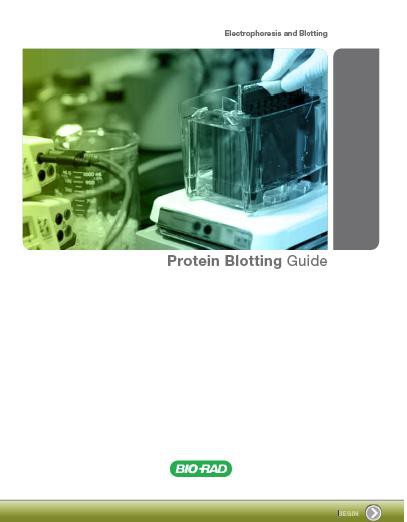Posts Tagged ‘miqe guidelines’
The State of RT-qPCR: Firsthand Observations of MIQE Implementation
:: Posted by American Biotechnologist on 12-12-2013A Practical Approach to MIQE for the Bench Scientist
:: Posted by American Biotechnologist on 08-11-2010In a groundbreaking review published in February 2009, Bustin et al bemoaned the lack of standardization in Quantitative Real-Time PCR (qPCR) experimentation and data analysis. In their critique the authors cite the use of diverse reagents, protocols, analysis methods and reporting formats which has negatively impacted on the acceptance of qPCR as a robust quantitative molecular tool. The most serious technical deficiencies include:
- sample storage
- sample preparation
- sample quality
- choice of primers and probes
- inappropriate data and statistical analysis
In an attempt to correct these problems and instill confidence in the reliability of qPCR, the authors proposed a new set of guidelines which would help standardize the qPCR technique and encourage better experimental practice and interpretation of qPCR results. Since it’s publication, the Minimum Information for Publication of Quantitative Real-Time PCR Experiments or MIQE has become an accepted standard by the scientific community for performing qPCR and the use of the technique is becoming standard practice among molecular biology labs everywhere.
The MIQE checklist consists of 42 points that cover experimental design, sample quality and preparation, nucleic acid extraction, reverse transcription and qPCR target information. Here’s an illustration which will give you an idea of the comprehensiveness of the list. It’s not meant to be read on the blog. An easy to view checklist can be downloaded from the Real-time PCR Data Markup Language website.
Sean Taylor et al. subsequently published A Practical Approach to RT-qPCR-Publishing Data That Conforms to the MIQE Guidelines which serves as a great practical guide (as its title implies) for bench scientists. Ironically, the title of the paper does not conform to Bustin’s guidelines, (Bustin suggested replacing the term RT-qPCR with the abbreviation qPCR in order to prevent confusion between the terms “real-time” and “reverse transcription” which both carry the abbreviation “RT”), but nonetheless, the title of the paper should not detract from its valuable content.
Taylor expands upon Bustin’s organizational approach and provides concrete suggestions for tackling experimental design, RNA extraction, RNA quality control, reverse transcription, primer and amplicon design, qPCR validation, reference gene choice and experimental reproducibility. His suggestions are very brief and to the point and it is definitely worthwhile reading the paper in its original form. Nonetheless, I will try to sum up the salient points below.
- Experimental procedures, control groups, type and number of replicates, experimental conditions and sample handling methods should be well defined in advance in order to minimize variability
- Handling time should be minimized during the RNA extraction procedure and should include DNase I treatment.
- RNA integrity should be assessed for both purity and quality. A pure RNA sample with minimal phonol and protein contamination, will have an OD 260/280 ratio of 1.8 to 2.0 (measured spectrophotometrically). Undegrated/Intact RNA (i.e. RNA quality) will have two sharp bands when run on a formaldehyde agarose gel, with the intensity of the top band being about twoice that of the smaller band. Degraded and impure RNA samples should not be used for qPCR analysis.
- Reverse transcription should be performed immediately following the RNA quality control assessment and the same amount of total RNA should be used for each sample. Reverse transcription reaction times should also remain consistent across samples.
- Primers should be designed to generate amplicons that are 75-150bp long with no secondary structure and 50-60% GC content. Primer should not have long G or C stretches, should have a G or C cap and should have melting temperatures between 55-65C.
- qPCR validation should include: determining the ideal annealing temperature, checking the specificity of the reaction via a melt curve analysis, running a sample for each primer pair on a gel to confirm that the amplicon is the expected size, confirming that the qPCR reaction efficiency is between 90-110% by running a standard curve.
- Choosing reference genes (for relative qPCR experiments) that do not exhibit changes in expression between samples from various experimental conditions or time points.
- Mitigating biological and technical variability by running at least 3 biological and 2 technical replicates per biological sample for each experiment.
In addition to being published in the journal Methods, Taylor’s guidelines are also available as a Bio-Rad technical bulletin and can be downloaded here as well.
















